The California run of “Simone Leigh,” a traveling exhibition of the artist’s work organized by the Institute of Contemporary Art in Boston, is split between two locations: the Los Angeles County Museum of Art and the California African American Museum, separated by just over seven miles of broad city blocks. LACMA is a sprawling tourist hot spot where tickets cost $23 for LA residents ($28 for nonresidents) and parking $21, while CAAM, which is free (though parking costs $20), consists of an elegant band of galleries nestled next to the California Science Center, the Natural History Museum of Los Angeles, and the billion-dollar Lucas Museum of Narrative Art, scheduled to open in 2025. The curators have said they hope that the unusual arrangement will inspire people to make the trip to see both parts of the show and perhaps prompt other institutions to follow their lead—that is, disperse a body of work across a city, at institutions with different characters and objectives.
I certainly hope people will see both parts of the show. “Simone Leigh” is extraordinary, easily the best retrospective of a major artist I’ve seen in years. It shouldn’t be this difficult for the average LA resident to find all of the work in one place, and the decision to bifurcate the exhibition seems to me, to use a technical term, bonkers. If the ambition, as Cameron Shaw, CAAM’s executive director, put it, was to broaden “the audience engagement for this significant exhibition,” the result is simply to dilute it: inevitably people will stop by half the show and think they’ve seen what there is to see.
More notably, the current set-up highlights, but does not mitigate, the problems of access that plague LA’s museum and gallery scene. Between parking and admission, I forked over nearly $50 at LACMA, and wondered about the possibility of validating those free tickets at CAAM to count toward entry at the bigger, pricier museum, or about running a shuttle between the two campuses. These aren’t perfect solutions, but the barriers of space, time, and cost dividing Leigh’s show are to be regretted. The whole exhibition is, in no uncertain terms, unmissable.
*
Born in Chicago in 1967, Leigh is a multimedia artist whose oeuvre includes video, sound art, and social practice—in Free People’s Medical Clinic (2014) she set up free health services in the former home of the gynecologist Josephine English, the first black woman to open a private medical practice in New York City—but she is probably best known as a sculptor, and it’s sculpture that’s most abundantly represented at both CAAM and LACMA. Just outside of CAAM’s entrance, glistering in the California sun, is Cupboard (2022), a gold-leafed bronze figure more than seven feet tall. The figure has short hair, a pannier skirt, high conical breasts, and neither arms, eyes, nor ears. The absence of eyes and ears is characteristic of Leigh’s sculpted heads, and in Cupboard the smooth surface where these features ought to be offsets the riotous texture of the skirt, composed of raffia cast in bronze. The domed shape of the skirt is likewise a recurring motif, recalling both Musgum huts in north Cameroon and southern Chad and the Natchez, Mississippi, restaurant Mammy’s Cupboard. (Edward Weston’s 1941 photograph of the place appears in the exhibition catalog.)
Mammy’s Cupboard is a diner built in the shape of a mammy figure, twenty-eight feet tall, with a door in her skirt; patrons enter the restaurant in a pantomime of sexual violation that also implies an attempt to get back in the womb. By placing Cupboard just outside the museum’s entrance, Leigh at once recalls that trespass—entwined, as it must be, with the history of black women’s exploitation and abuse in the United States—and circumvents it. We do not go through but carefully around the shining form, whose unreadable expression neither welcomes nor repels us.
Another piece called Cupboard (2022) greets you just as you enter the exhibition gallery. Just over eleven feet high, it consists of an enormous raffia skirt with a large sculpture of a cowrie shell on top, where we might expect to see a head. One way to understand Leigh’s seemingly blank faces is as a challenge to the enforced hypervisibility of the black body in the United States, where it is everywhere monitored and scapegoated. As Hortense Spillers puts it in the catalog, Leigh’s consistent “refusal of the eyeball” allows her figures at once to protest, bypass, defy, and mourn the exposure of blackness to violent scrutiny. At the same time, those figures refuse a simple opposition between absence and presence, illegibility and expressivity, the smooth space and the full face. Under their absent gaze, Spillers writes, “we are given license to be childlike once more, which is to say, a little scared.”
At first glance Leigh’s sculptures seem to be studies in contrast: the glossy head and torso of the golden Cupboard versus its textured skirt, the gleaming gray surface of the bust Overburdened with Significance (2011; at LACMA) versus the multicolored whorls of rolled clay covering its head like roses, or the serene expanse of the artist Kenya (Robinson)’s back in the video my dreams, my works, must wait till after hell… (2011, made with Chitra Ganesh; at CAAM) versus the pile of rocks where her head should be. But most striking are the strange, sometimes barely noticeable details in the work, and the fortuities of color and shape that emerge from the encounter between clay, glaze, and kiln.

Simone Leigh/Photograph: Museum Associates/LACMA
Installation view of “Simone Leigh” at the Los Angeles County Museum of Art

Simone Leigh/Photograph: Museum Associates/LACMA
Installation view of “Simone Leigh” at the Los Angeles County Museum of Art

Simone Leigh/Photograph: Museum Associates/LACMA
Installation view of “Simone Leigh” at the Los Angeles County Museum of Art

Simone Leigh/Photograph: Museum Associates/LACMA
Installation view of “Simone Leigh” at the Los Angeles County Museum of Art

Simone Leigh/Photograph: Museum Associates/LACMA
Installation view of “Simone Leigh” at the Los Angeles County Museum of Art
These details function as sculptural versions of what Roland Barthes, writing about photography, called the punctum—those spots in an image that capture our attention even though they don’t seem to have any specific meaning or even to be particularly beautiful. For Barthes, the crucial thing about a punctum is that it be “accidental,” “a cast of the dice” in an otherwise contained composition: it could be a freckle, a turn of a wrist, a shadow on a wall. As Leigh herself explains, the element of chance is partly what attracts her to ceramics, a medium in which “you create environments and the objects are changed by them, by their location, what they’re adjacent to, or what residue might be lingering in the kiln.” “After thirty years,” she told Calvin Tomkins for a 2022 profile in The New Yorker, “I still don’t know exactly what’s coming out.”
*
Much of the pure aesthetic pleasure of Leigh’s work comes from these unpredictable elements: the swirling colors of her glazes, the way they bubble and crack. But the emotional and intellectual force of the punctum lies elsewhere—in the small but noticeable drip of mossy green glaze hanging off the chin of an untitled bust in the first gallery at LACMA, or in the impress of a fingernail near the base of an ocher bust (also untitled) at CAAM. Details like these suggest something outside a flat binary of visible/invisible or seen/unseen. They suggest, to my mind, a redistribution of subjectivity—character, agency, will, private consciousness—away from the face and toward obscure or secreted regions of the body, where their meaning becomes less obvious but also more potent, no longer constrained or patrolled by a racist logic of surveillance.

California African American Museum/Photograph: Elon Schoenholz
Installation view of “Simone Leigh” at the California African American Museum

California African American Museum/Photograph: Elon Schoenholz
Simone Leigh: Untitled, 2023, on view at the California African American Museum

California African American Museum/Photograph: Elon Schoenholz
Installation view of “Simone Leigh” at the California African American Museum

California African American Museum/Photograph: Elon Schoenholz
Simone Leigh: Jug, 2022, on view at the California African American Museum
Also at CAAM, the faintly sinister Breeze Box (2022)—a bust crosscut by a three-sided stoneware box in green, black, brown, and gold—has, in one of the joins, a vertical track of what look like thumbprints, decisively pushed, one after the other, into the clay. Facing Breeze Box is Uhura #3 (Tanka) (2012), a video projection of the writer Sharifa Rhodes-Pitts, dressed as the Star Trek communications officer Nyota Uhura and sitting in front of a switchboard. As Rhodes-Pitts’s face turns jerkily toward and then away from us, my eye kept drifting to the rickrack trim on her sleeve—a hint of DIY craft or dress-up that adds a subtle tenderness to the video’s sci-fi setting.
The most stunning piece at CAAM, and possibly in the whole exhibition, is White Teeth (For Ota Benga) (2001–2004), a large cage made of steel and glass with hundreds of small, missile-like forms dipped or coated in white, gray, and pinkish glazes or else coated with gold or platinum, bound to the cage with wire. The title refers to a Mbuti man kidnapped from what is now the Democratic Republic of the Congo and exhibited at the 1904 Louisiana Purchase Exposition in St. Louis and, two years later, as part of a human zoo exhibit at the Bronx Zoo. The ceramic forms inside allude to Ota Benga’s teeth, which were in his childhood manually sharpened into points. They are pierced at the bottom and threaded with wire; on a few of these toothlike forms, there are tiny pinpricks near the larger holes through which the wires have been passed, as if the artist marked the clay a few times before choosing where to make the punctures. These traces couple care with brutality, meticulous decision and final, fearsome gesture.
Walking out of the main exhibition gallery at CAAM, I almost missed another video playing in a small theater at the far end of the museum’s entrance hall. I’m glad I didn’t. The nine-minute piece—called Breakdown (2011)—is a collaboration with the artist Liz Magic Laser and the mezzo-soprano Alicia Hall Moran. It features Moran in an empty theater, her gorgeous voice looping, cascading, and whimpering around a script based on scenes from plays, movies, soap operas, and reality TV in which women are shown in states of psychological collapse. When the video began and Moran’s anguished gaze fastened itself on the camera, I winced. After spending more than an hour with Leigh’s eyeless figures, seeing a face so open, vulnerable, and hypermobile—like the female hysterics in those famous photographs from Salpêtrière Hospital, the basis for some of Laser’s work—was almost too much.

California African American Museum/Photograph: Elon Schoenholz
Simone Leigh: White Teeth (For Ota Benga), 2004, on view at the California African American Museum

California African American Museum/Photograph: Elon Schoenholz
Liz Magic Laser and Simone Leigh, in collaboration with Alicia Hall Moran: Breakdown, 2011, on view at the California African American Museum
As the video goes on, a remarkable thing happens. What first registers in Moran as a painful translucency—all her feelings, turned up to eleven, for everyone to see—morphs into its own form of self-concealment or withdrawal. The absence of expression can make a face difficult, even impossible, to read, yet an overabundance of expression can have the same effect. Rather than suggest a tortured interiority, Moran’s voice and gestures begin to seem like an armature, a way of keeping the audience out. “I’ve been performing my whole life,” Moran sings, her voice banked by a sob. I stayed and watched the video another four times.



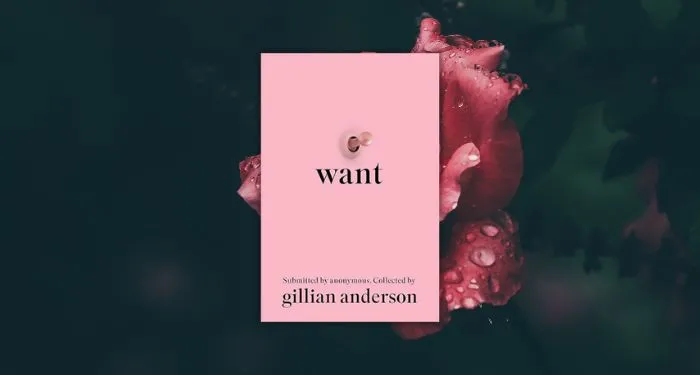
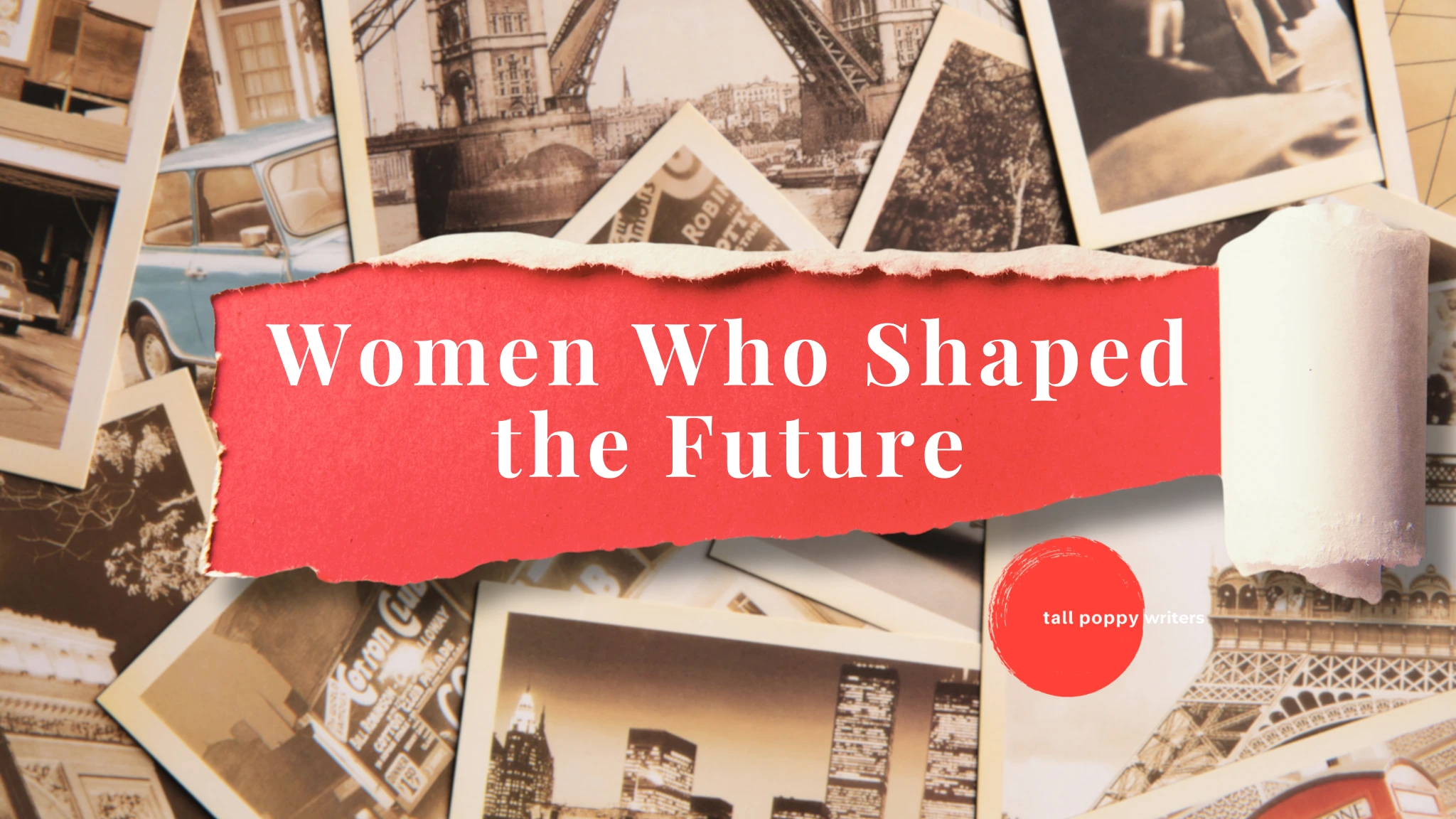

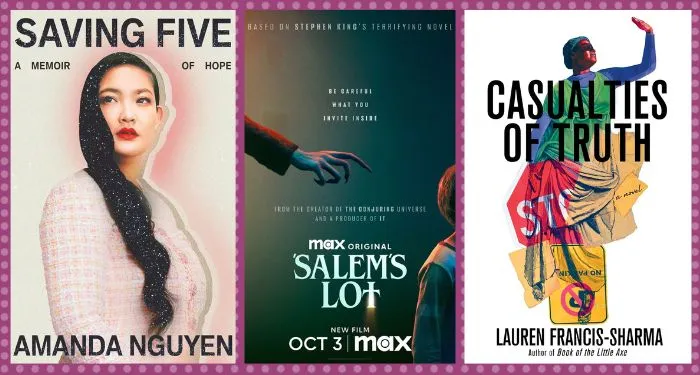


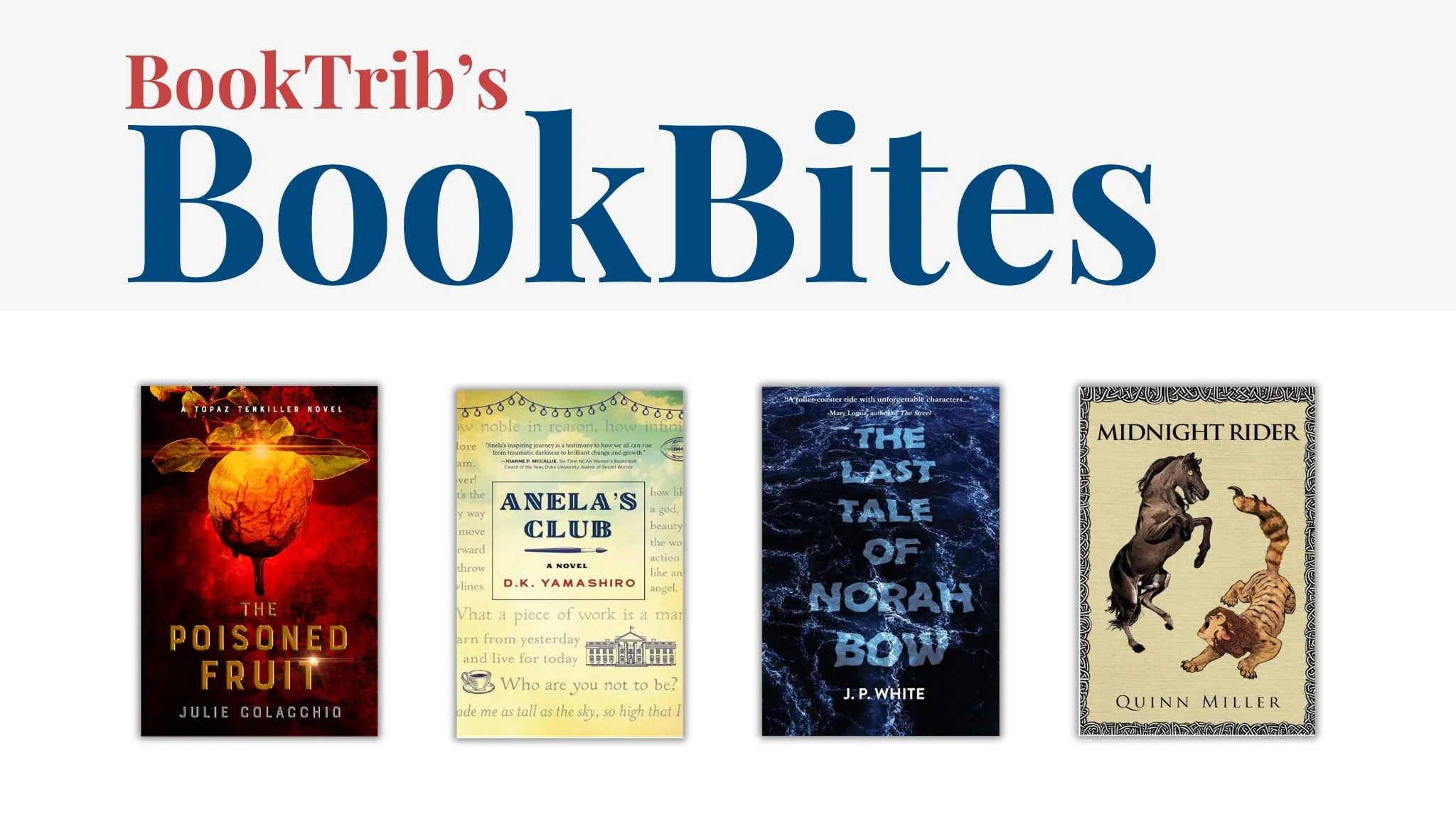









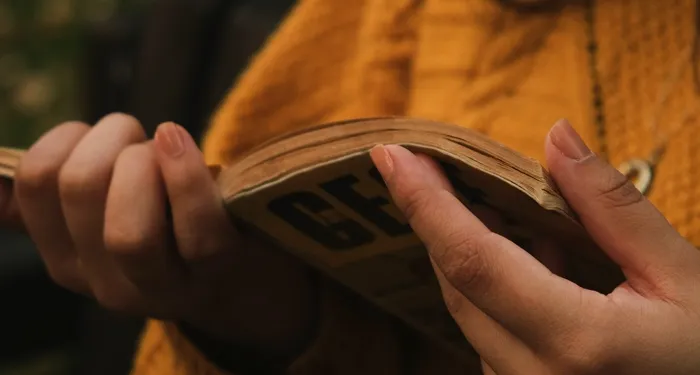

 English (US) ·
English (US) ·